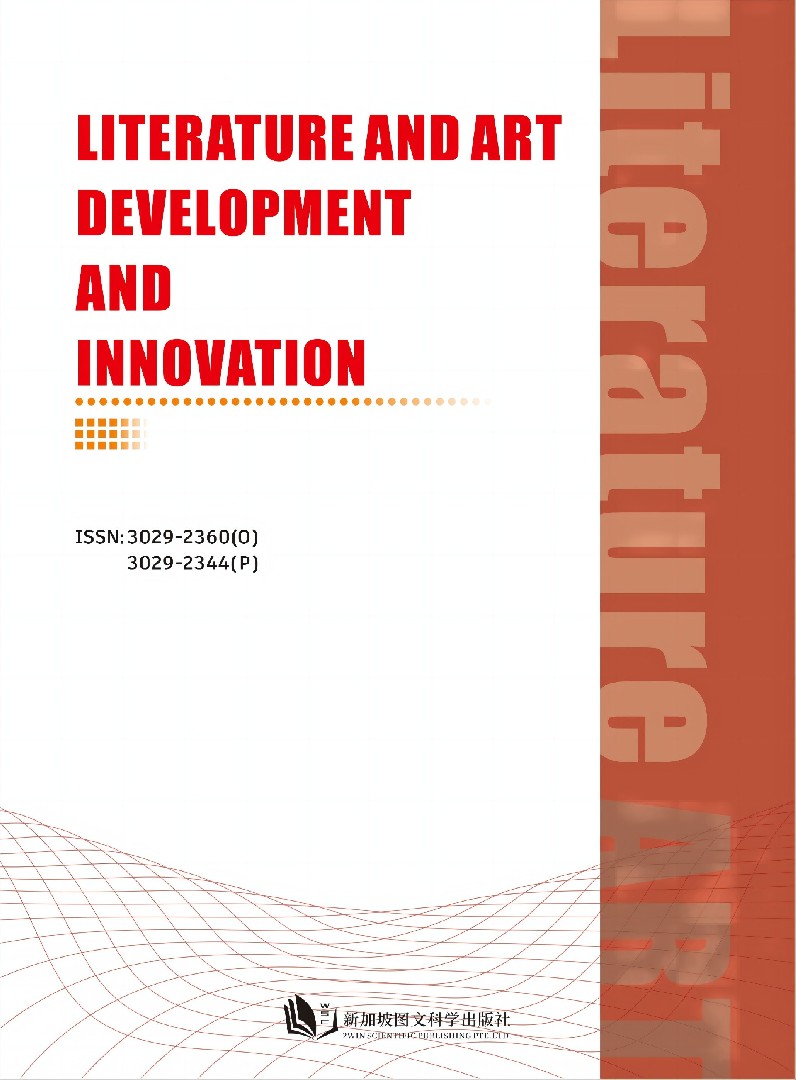作者
Rong Cheng,Mohd Hassan bin Abdullah
文章摘要
With the advancement of human networks and digital technology, it has not only changed the approach to the inheritance, protection, and development of intangible cultural heritage but also brought new ideas and methods to the fieldwork of ethnomusicology. The accompanying marriage songs of Jiahe County, China, are national intangible musical cultural heritage and are precious and understudied female music representatives in folk wedding rituals. Based on the three research ideas of experience, diversity, and digitalization proposed by the new fieldwork, this paper carried out practical work on the accompanying marriage songs. Specifically, it conducted empirical research on the Internet and on-site fieldwork, multiple and repeated field visits, and the use of digital equipment. It was found that while new fieldwork brought us great benefits in research methods and practice, there were also inevitable "chaos" in terms of the passivity of ritual selection, the use of digital technology, and the lack of a language environment. It can be seen that how to grasp the scale between network & digital technology and on-site in the new fieldwork method is the key to determining the success or failure of fieldwork practice.
文章关键词
The accompanying marriage songs in Jiahe County; New fieldwork; Fieldwork practice; Digital technology; Scale between the internet and on-site
参考文献
[1] 杉田繁治, スギタシゲハル. Computers in ethnological studies: As a tool and an object[J]. Senri ethnological studies, 1987, 20: 9-40.
[2] Escobar A, Hess D, Licha I, et al. Welcome to Cyberia: Notes on the Anthropology of Cyberculture [and comments and reply][J]. Current anthropology, 1994, 35(3): 211-231.
[3] Nardi B. My life as a night elf priest: An anthropological account of World of Warcraft[M]. University of Michigan Press, 2010.
[4] MacKee F. Social media in gay London: Tinder as an alternative to hook-up apps[J]. Social Media+ Society, 2016, 2(3): 2056305116662186.
[5] Boellstorff T. Coming of age in Second Life: An anthropologist explores the virtually human[M]. Princeton University Press, 2015.
[6] Boellstorff T. Rethinking digital anthropology[M]//Digital anthropology. Routledge, 2020: 39-60.
[7] Markham A N. Ethnography in the digital internet era[J]. Denzin NK & Lincoln YS, Sage handbook of qualitative research, Thousands Oaks, CA: Sage Publications, 2016: 650-668.
[8] Dicks B, Coffey A, Mason B. Qualitative research and hypermedia: Ethnography for the digital age[J]. 2005.
[9] Lee R M, Fielding N, Blank G. The Internet as a research medium: An editorial introduction to the Sage handbook of online research methods[J]. The Sage handbook of online research methods, 2008: 3-20.
[10] Mann C, Stewart F. Internet communication and qualitative research: A handbook for researching online[J]. 2000.
[11] O’Connor H, Madge C. “Focus groups in cyberspace”: Using the Internet for qualitative research[J]. Qualitative Market Research: An International Journal, 2003, 6(2): 133-143.
[12] Dicks B, Soyinka B, Coffey A. Multimodal ethnography[J]. Qualitative research, 2006, 6(1): 77-96.
[13] Hewson C, Yule P, Laurent D, et al. How to Design and Implement an Internet Survey[J]. Internet Research Methods, 2003: 78-105.
[14] Cooley T J, Barz G. Casting shadows: Fieldwork is dead! Long live fieldwork[J]. Shadows in the field: New perspectives for fieldwork in ethnomusicology, 2008: 3-24.
[15] Bluteau J M. Legitimising digital anthropology through immersive cohabitation: Becoming an observing participant in a blended digital landscape[J]. Ethnography, 2021, 22(2): 267-285.
[16] Wittel A. Ethnography on the move: From field to net to internet[C]//Forum Qualitative Sozialforschung/Forum: Qualitative Social Research. 2000, 1(1).
[17] Barz, G. F., & Cooley, T. J. (Eds.).Shadows in the field: New perspectives for fieldwork in ethnomusicology[M].Oxford University Press, 2008.
[18] Geertz C. The interpretation of cultures[M]. Basic books, 1973.
[19] Tawfik G M, Dila K A S, Mohamed M Y F, et al. A step by step guide for conducting a systematic review and meta-analysis with simulation data[J]. Tropical medicine and health, 2019, 47: 1-9.
[20] Wang Weiwei. From music matters to female psychology[D]. Xiamen University, 2008.
[21] Xiao Mei. The female psychology is reflected in the musical form of Jiahe’s wedding song [J]. Science and Education Wenhui (first issue), 2009, (31): 273.
[22] Yang Jiaoli, Liu Lingfeng. The expression of female psychology in folk marriage custom culture—a study on the wedding song of Jiahe [J]. Journal of Hengyang Normal University, 2015, 36(04): 104-106.
[23] He Weijing. Embodying Female Roles in the Accompanying Marriage Song in Jiahe County [D]. Hunan Normal University, 2019.
[24] Merriam A P. Definitions of “Comparative Musicology” and “Ethnomusicology”: An Historical-Theoretical Perspective1[M]//Ethnomusicology. Routledge, 2013: 235-250.
[25] Nettl B. The study of ethnomusicology: Thirty-one issues and concepts[M]. University of Illinois Press, 2005.
[26] Koskoff E. A feminist ethnomusicology[J]. Urbana: University of Illinois Press, 2014.
[27] Whitehead T L. Basic classical ethnographic research methods[J]. Cultural ecology of health and change, 2005, 1: 1-29.
[28] Bernard H R. Research methods in anthropology: Qualitative and quantitative approaches[M]. Rowman & Littlefield, 2017.
[29] Patton M Q. Qualitative research & evaluation methods: Integrating theory and practice[M]. Sage publications, 2014.
[30] Cresswell J W, Plano Clark V L. Designing and Conducting Mixed Method Research; 2nd Sage: Thousand Oaks[J]. Search in, 2011.
[31] Parker C, Scott S, Geddes A. Snowball sampling[J]. SAGE research methods foundations, 2019.
[32] Cao Benye. "Sound/Sound", "Sound", "Music" and "Sound in Ritual":Revisiting the Study of "Sound in Ritual" [J]. Music Art (Journal of Shanghai Conservatory of Music), 2017, (02 ):6-17.
[33] Blommaert J, Jie D. Ethnographic fieldwork: A beginner's guide[M]. Multilingual Matters, 2020.
Full Text:
DOI
